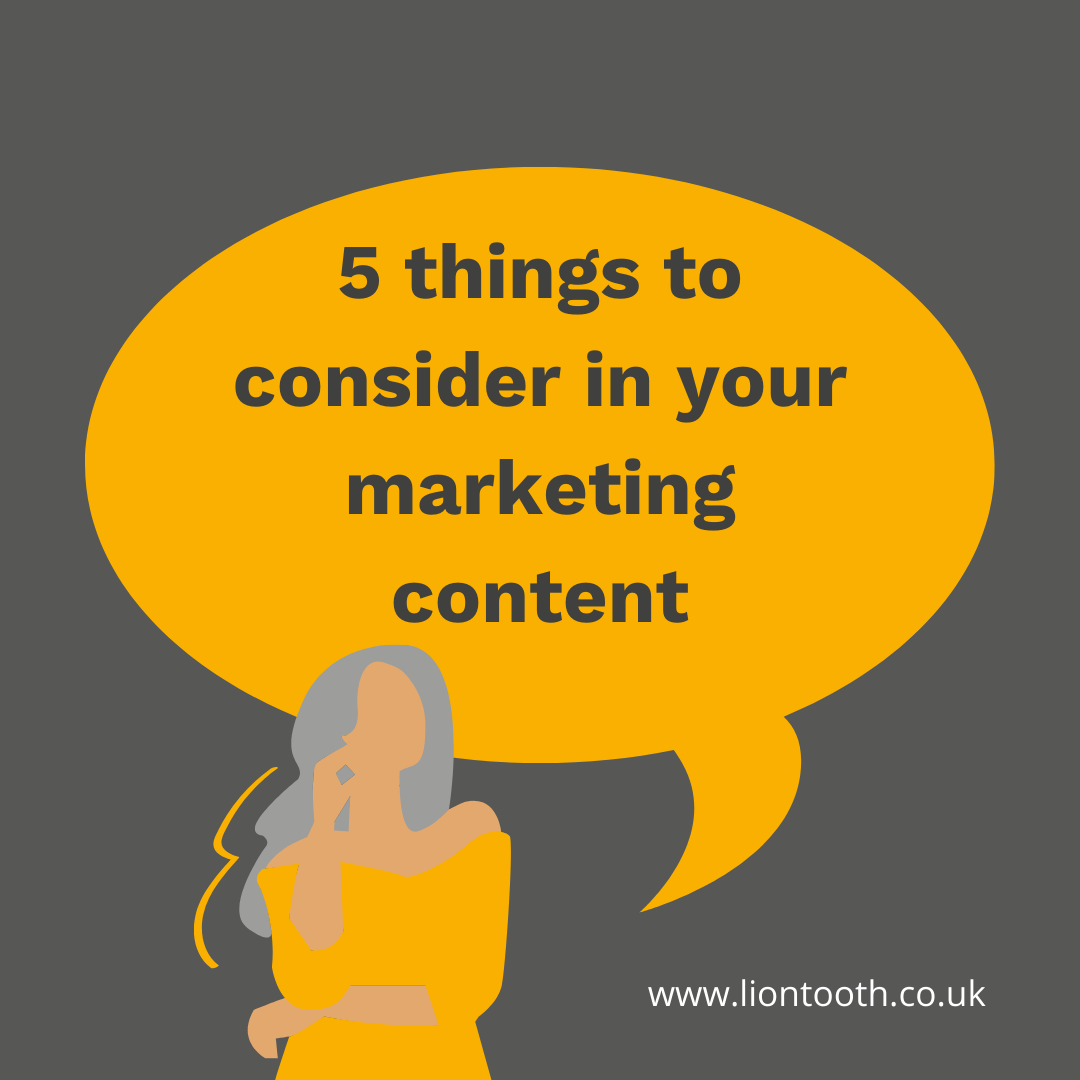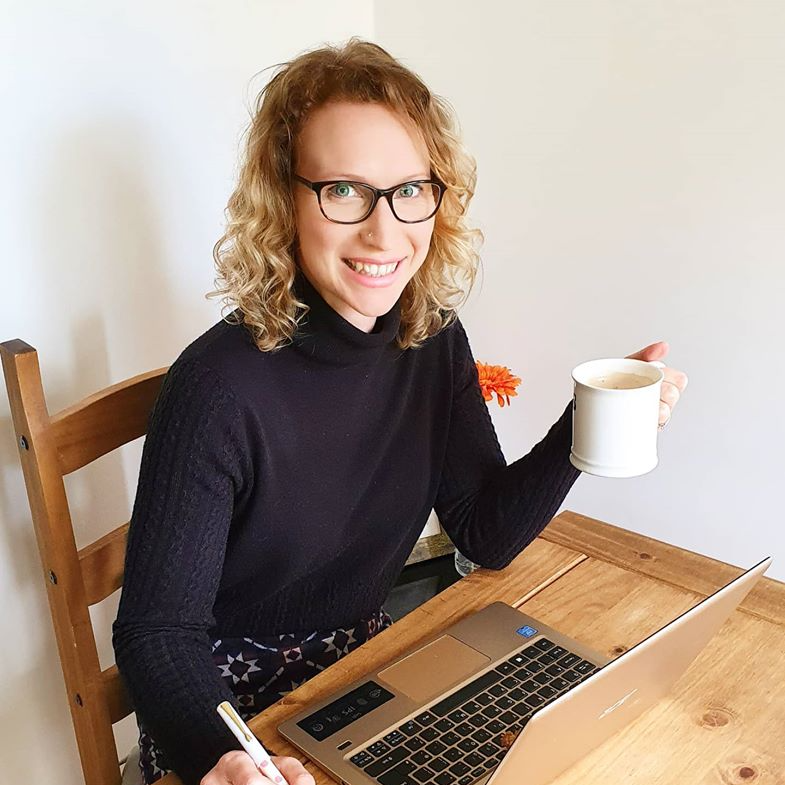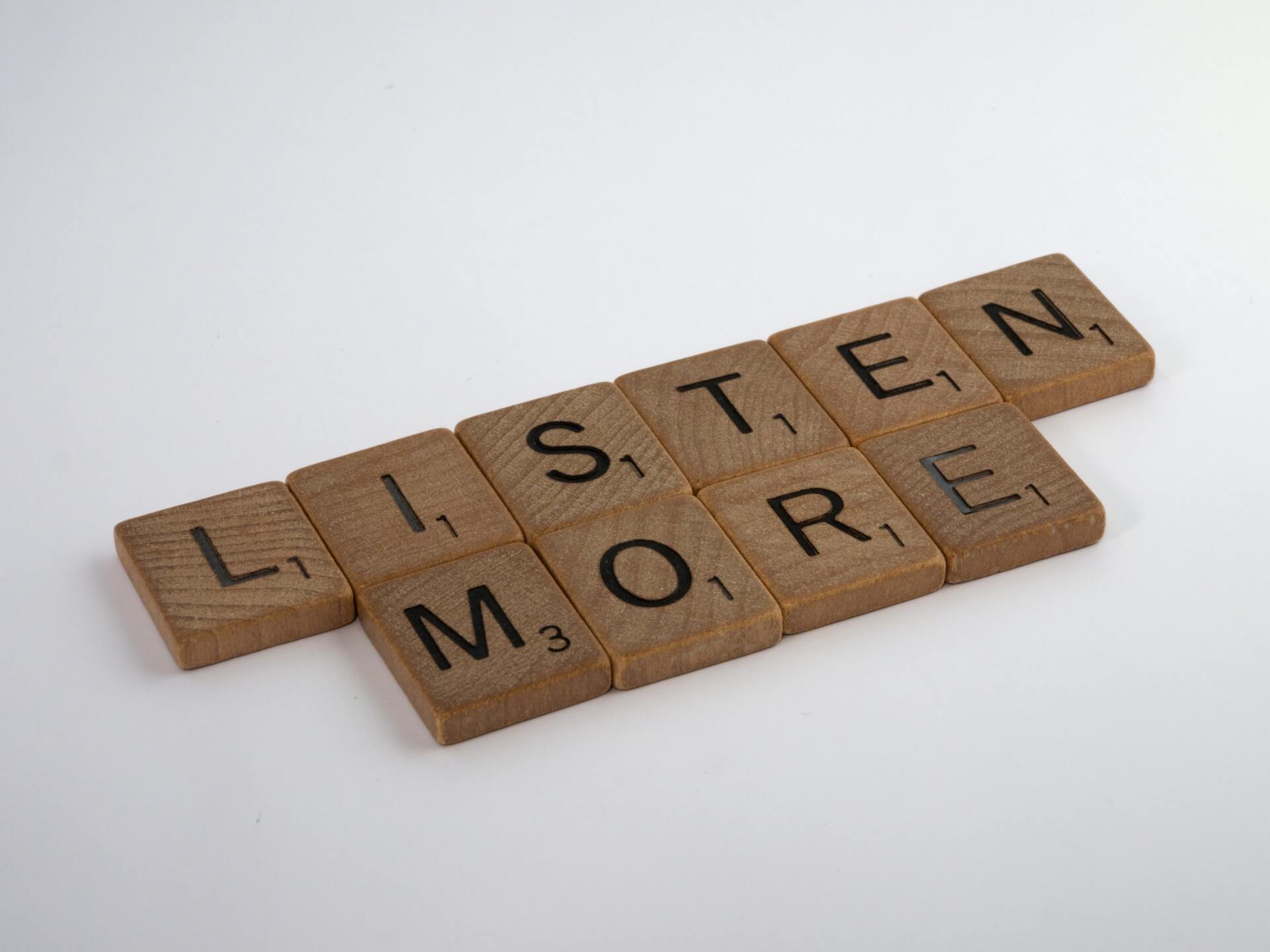Find Out About Your Audience
- By Lisa Ellison
- •
- 04 Dec, 2020
- •
If you’re creating content, you need to know who, what, where and when… and more about your audience.

You really
need to know who you’re talking to in your content marketing. Not just, aged 25-35
and likes beauty products. You need to REALLY understand their financial circumstances,
their personality, what their social situation is like, if they ever have any
free time, when it is and how they spend it.
Here are a few questions for you to ponder. Why not see how many of these you can answer about your target audience?
- What’s their home situation? Do they live with parents/rent/own a home?
- This gives an idea of life stage, income and social life.
- Do they live on their own/with friends/with family?
- How close are they to others that might be influenced by their interests and brand loyalties?
- What’s their family situation? Do they live with parents or are they settled down with their own family.
- If they’re living with parents, who’s the decision maker in that household?
- Are they sociable? If so, in what ways – do they go out, socialise online, big groups or small groups?
- Could word of mouth be impactful with your marketing? Will your content be passed through large social circles or be read by one person before they move on to the next thing?
- Which members of your audience would count as influencers?
- What social media platforms do they BUY from?
- This will impact where you invest your content marketing. You need to be where your audience is buying from.
- Do they buy from physical shops or online?
- This will give an indication of their thoughts/feelings and trust towards the internet. Do they think everything on the internet is fake news, set-up to lead them into fraudulent purchases? Don’t invest your money in getting your content seen online if your audience won’t be there or buy into it.
- When do they buy – what time of day and what time of year?
- If you can understand and predict their purchasing patterns, you can get your content marketing in front of them at the right time to influence their decision-making process.
- How much disposable income do they have?
- If you know this, you’ll know from your pricing point whether or not they’re a worthwhile target for your content marketing.
These are just some of the questions that you’ll need to know the answers to in order to be able to really understand your audience and ensure that your content is in the right place at the right time, using the right language and the right visual appeal.
By having a full understanding of you audience and their likes, dislikes, interests and social situation, you can build a really clear picture of you audience. This information will help you to build a clear picture of specific characteristics of your target audience. Through knowing your audience to this level, you can optimise SEO and your content, carefully craft messages to appeal to your audience, and ultimately bring them to you.
I think it’s underestimated the value and the need of fully understanding who you’re talking to. The more you know, the more refined and honed your content marketing will be.

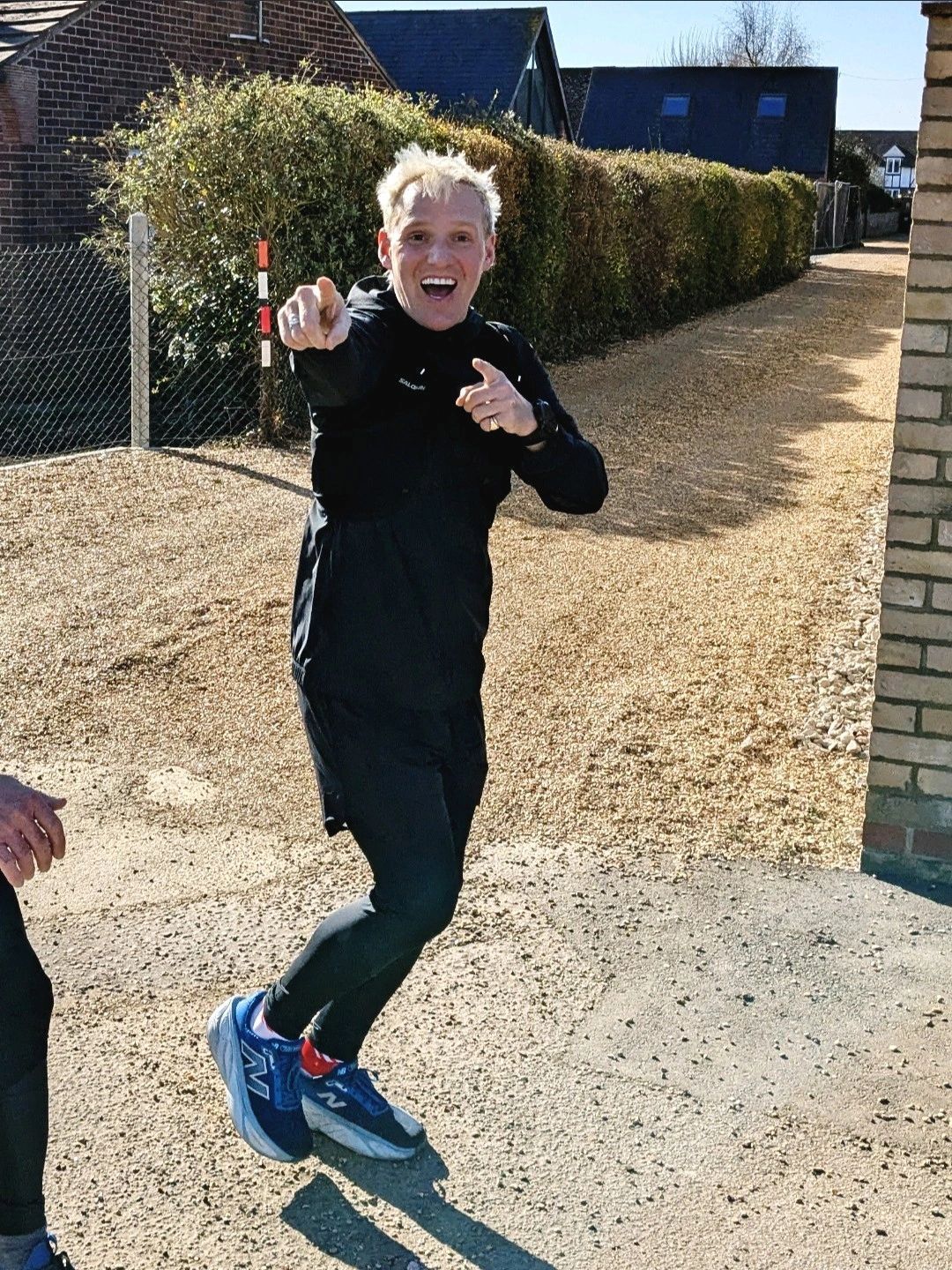
Jamie Laing - before you roll your eyes and scroll on, hear me out. (I know, the photo gave away my cliff hanger!) You may have been one of the 50,000+ people that saw my LinkedIn post last week, very much a throw away passing comment, essentially, to say I drove past Jamie Laing on my way home from the school run whilst he was on his fundraising mission for Children In Need.
I followed the story closely last week, quite hooked on his progress and whether or not he would make it. I'm not a celebrity-obsessed person and I rarely engage with anything celebrities do but last week was different and I'm sure I'm not the only one. I believe that many people didn't know he was even embarking on that challenge until last week - I didn't and I listen to Radio 1 daily! I also believe there's a lot of people that either don't know who Jamie Laing is or do know and don't particularly like him - we can't please everyone!
So, what was it about his fundraising effort that gripped the nation and led to him raising over £2m?! It's all about the story. And *this* is a great example of marketing done well - with an emphasis on storytelling and humanising your brand. His fundraising effort, backed by BBC Radio 1 coverage, provides a perfect case study on the power of storytelling in marketing. His journey emphasised his struggle, determination, vulnerability and honesty and that played a pivotal role in engaging the public emotionally and driving donations. If his personal narrative hadn’t been shared so openly, it’s unlikely that such a significant amount would have been raised.
This is something I've also experienced in fundraising efforts that I've been involved in and it makes all the difference but it takes strength to be vulnerable, and I'll always admire those who found the strength to tell their story (you know who you are 💛).
Here's what we can learn about the value of storytelling in marketing:
Emotional connection drives action : Jamie's story wasn't just about asking for donations; it was about sharing his personal experience and struggles throughout last week. People are more likely to connect with a cause when they can empathise with the storyteller. In marketing, emotional engagement creates a bond between the audience and the brand, making them more likely to engage.
Vulnerability builds trust : By being honest and vulnerable about his efforts and the challenges he faced, Jamie Laing built trust with the Radio 1 listeners. Vulnerability *humanises* a brand. In marketing, being transparent and acknowledging (and addressing!) flaws can enhance credibility and build a stronger, more authentic relationship with consumers.
Narrative creates value : Jamie Laing didn’t just promote an event, he shared a compelling and authentic story about his commitment. In marketing, your story can be the difference between blending in and standing out. Crafting a narrative around your brand or product creates meaning, making it more likely to stick in the minds of consumers.
Great - now how can you implement this in your marketing?
If you have ever worked with me, you'll have heard me going on about the importance of authenticity. This applies to everything from branding to customer service. If a brand is transparent about its processes, challenges and goals, customers are more likely to engage and support it.
Emotion drives engagement - whether it’s a product, service or cause, storytelling can create an emotional connection that compels action.
Consistent storytelling over time, where customers can see growth and commitment, helps keep them invested.
So basically, Jamie Laing’s Children In Need campaign demonstrated that storytelling - driven by vulnerability, determination and honesty, was the key to the level of success in his fundraising last week.
For marketers, it highlights that connecting with people on an emotional level, telling authentic stories and leveraging the right platforms can make all the difference in achieving success.
It can feel difficult to build emotion into corporate marketing but there's ALWAYS room to be human.
Does your brand feel a bit fuzzy? Let’s fix that.
The Define & Align Workshopis designed to bring clarity, structure and purpose to your brand- fast.
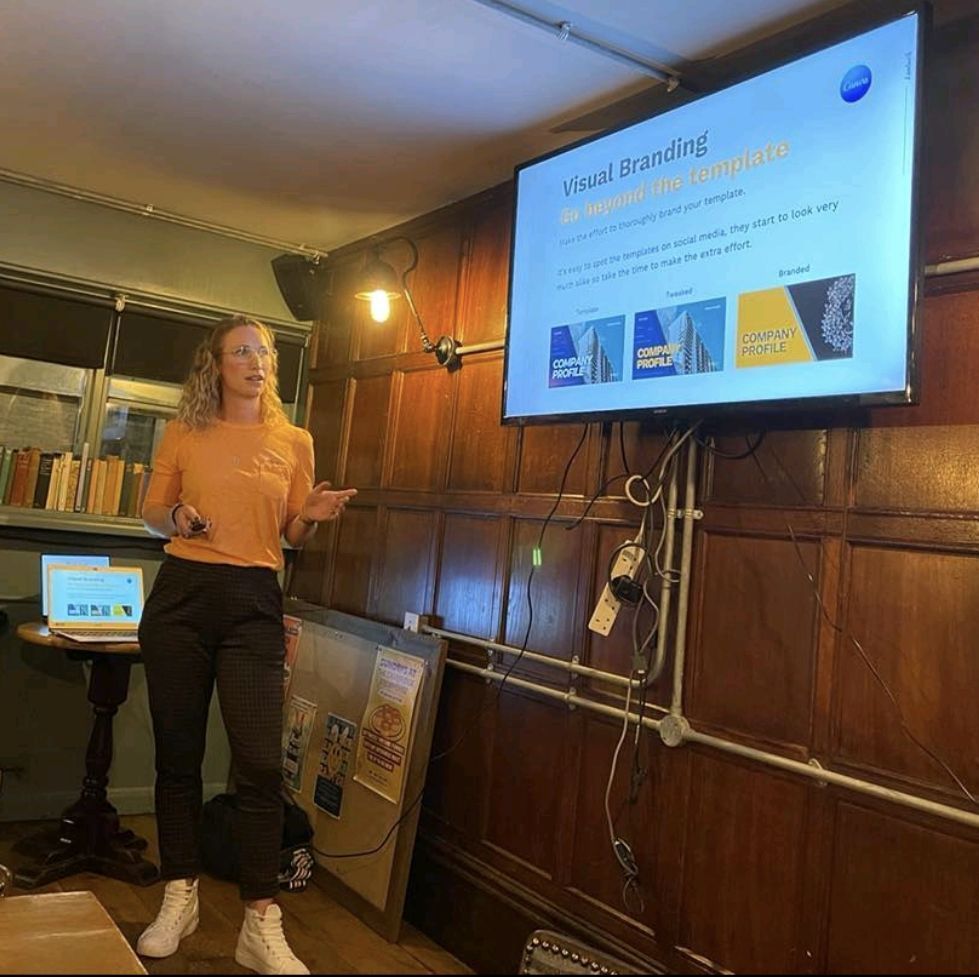
Sometimes I'll get a message to my inbox referencing my marketing agency
👀 God no! I'm
not an agency! No
. Sorry, no.
I'm a 1.5-person band. (The other half is my husband who's a silent partner, providing the incredible design skills). I don't want to be thought of as a marketing agency. For me it has connotations of frustration, waiting, chasing, and to be fair, more often than not incredible results but still.
I'm a no-nonsense , to the point communicator .
I like to be efficient and get stuff done and that includes getting results for my clients . I like the fact I'm basically flying solo with this, it's easy. It's straightforward. It's DONE.
Let me give you context and insight...
I have experience with agencies from BOTH sides - I've been the client AND the service provider. Honestly, I had challenges with both. See if anything sounds familiar:
From a client perspective , my biggest frustrations were always...
- The huge bill. Sorry guys, I always found it eye watering even though I wasn't paying!
- Not being able to get hold of my point of contact and waiting whilst others frantically ran around trying to get answers for me.
- I felt bad for (and frustrated about) the person playing piggy in the middle. I couldn't speak to Studio to get answers or explanations about design issues/challenges/restrictions. Information was often lost in transit.
As the service provider , (for me) these were my biggest frustrations...
- There too many systems and processes that got in the way of me just getting on and providing the level of service I wanted to.
- Too many other cogs in the wheel slowing down the process.
- Too many hoops to jump through and restrictions.

